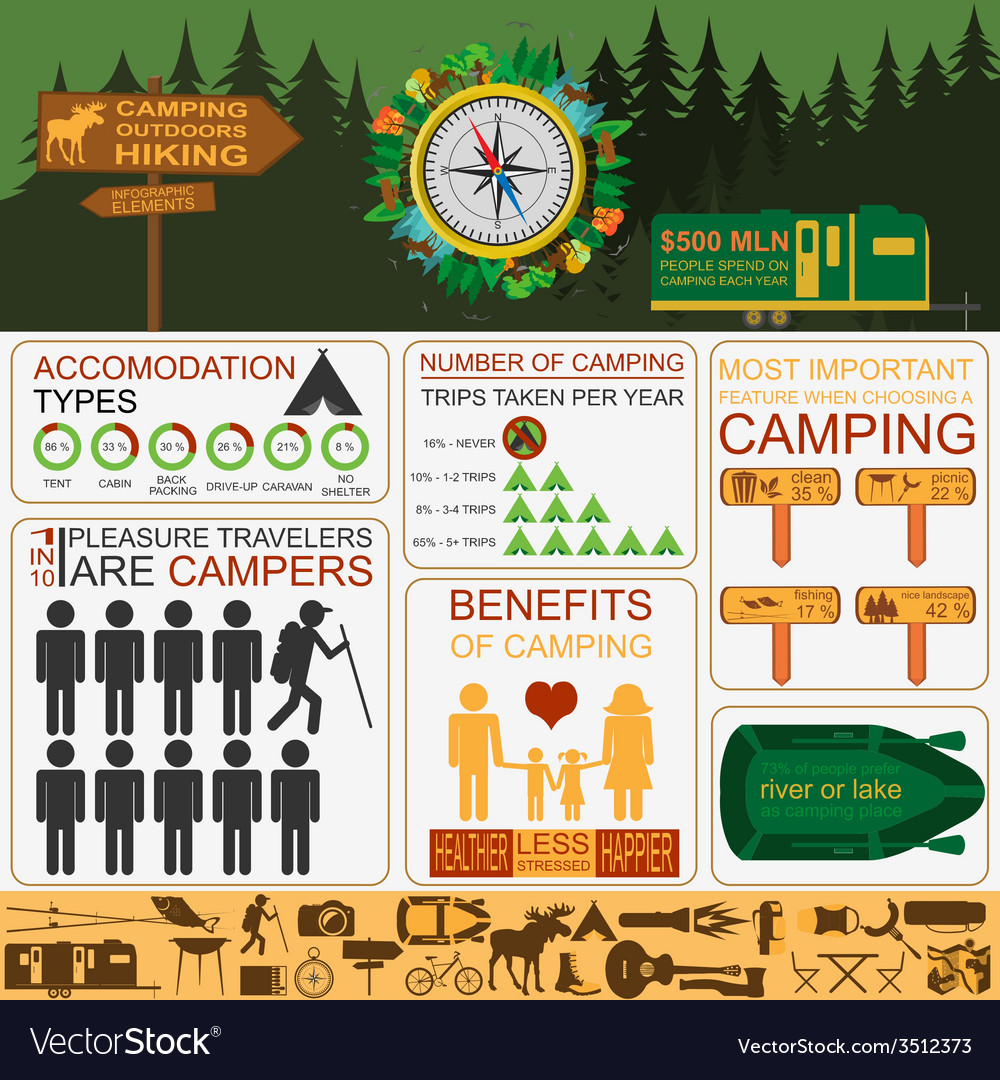Whether your household is brand-new to outdoor camping or skilled experts, the tent you choose makes a big difference in your comfort level. It also impacts how easy it is to set up camp and what features your family needs.
What is a glamping cabin?
Glamping households will delight in a big, durable wall tent or premium canvas bell tent. Families visiting conventional front-country campgrounds ought to consider a cabin tent.
1. Rooftop Tents
While basic tents require you to meticulously establish each item of your rest system as soon as you get to camp, roof styles enable you to take shelter from the back of your vehicle while still enjoying a view and protection from ground dampness. They're additionally a lot more inexpensive than trailers or camper vans and can be used to rest anywhere outdoor camping is enabled-- consisting of assigned camping areas, national parks, and private land.
There are many different brand names of roofing camping tents to choose from, with some concentrating on hardshell versions, others dealing with the overlanding crowd, and some offering both difficult and soft shell options. Many versions feature an awning and some deal add-ons like LED strip lights or telescoping ladders.
Many rooftop outdoors tents can be established in a matter of minutes and are easy to load down once again for transport. You can find them online at companies like REI Co-op, where their charitable return plan and ship-to-store pickup option are specifically practical, and at specialized sites for truck and Jeep devices like Smittybilt or Shelf Attack.
2. Cabin Tents
If you're looking to camp in rough wintertime conditions, there are plenty of hefty canvas cabin camping tent choices that come with cooktop jacks. These camping tents aren't for everyone, yet they can be a terrific way to present non-campers to the outdoors and obtain them hooked on camping.
Designed for family members and big groups, cabin outdoors tents are roomy tents that can be separated into multiple areas with interior dividers. These outdoors tents likewise offer extra elevation in the walls contrasted to bell camping tents and teepees, making it easy for visitors of typical elevation to stand inside.
However, considering that they're based on frames and have upright walls, they're fairly heavy to carry and can take an hour or even more for skilled campers to establish. They're likewise not ideal for backpacking as they include in your general weight. And also, they have high profiles that can quickly be swindled the ground by wind. An outdoor tents staked down improperly can also trigger sagging of the textile and water infiltration.
3. Multi-Room Tents
The most effective household outdoors tents feature great deals of area for everyone to rest and stretch out. They likewise have features like a tub-style tarpaulin floor that is spill-safe, simple to clean and long lasting enough to hold up against the wear and tear of children and animals. And they have a mix of various other style components that match kind with function, such as huge windows and twin vestibules.
Cabin tents use a lot of upright wall area, which is ideal for blow-up mattress or cot usage, plus they typically have extra fit together ceiling room for better air flow. Plus, they have larger numerous windows, so you can allow loads of natural light for stargazing.
An additional benefit of cabin camping tents is they're great for cold weather outdoor camping. If you plan on taking your household or team of campers on a winter backpacking experience, these are the most effective camping tents for family members to use. They're somewhat extra resilient than three-season designs and can handle freezing temperatures metal tents and snow storms.
4. Freestanding Tents
Selecting an outdoor tents is more than just selecting a sanctuary that fits your budget. Aspects like the conditions you plan to camp in will certainly establish which type of camping tent is best for you.
As an example, a free standing tent doesn't require risks to stay upright, which is a big deal if you end up outdoor camping on rough ground that makes it challenging to drive in camping tent risks. These sorts of tents also tend to be heavier than non-freestanding tents.
One more advantage of free standing tents is the capability to transform them right into a tarpaulin. By attaching the edges of the inner camping tent with a tarp and utilizing guylines to maintain it tight, you have a waterproof tent that can be lent a hand rough weather without running the risk of splashing.
Are inflatable tents worth it?
